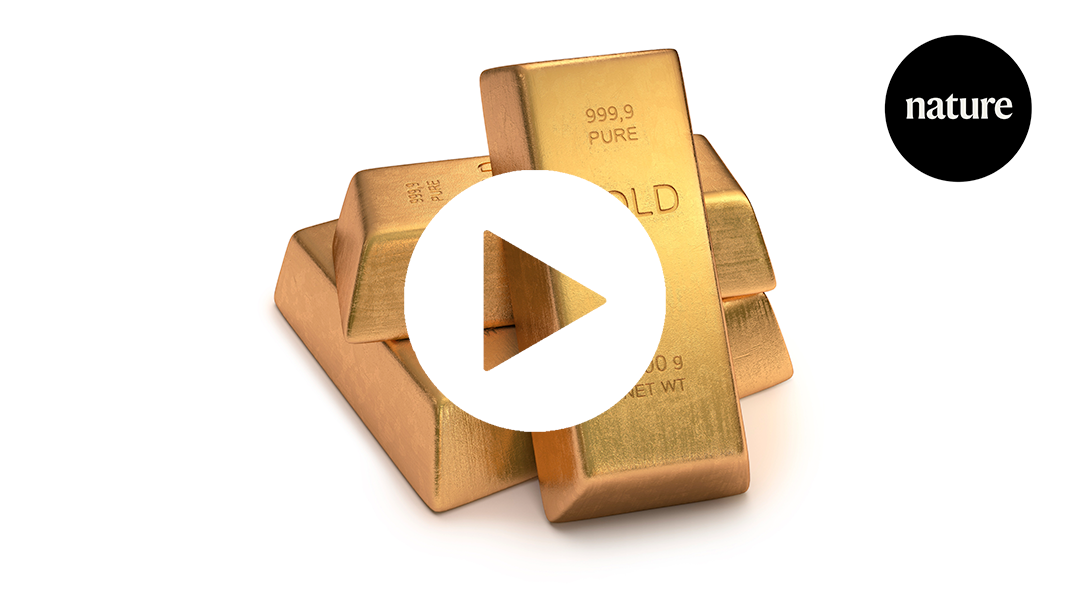
"The transmutation of lead into gold, achieved only for a fraction of a second, reveals how atomic interactions can lead to changes in elemental composition."
"Using CERNâs particle accelerator, researchers generated a high energy pulse by avoiding direct collisions, allowing for the ejection of protons and the formation of gold."
"Despite the production of merely 29 trillionths of a gram of gold, this experiment provides valuable insights into atomic behavior during high-energy interactions."
"The study highlights the potential for learning about particle dynamics, even though the resulting gold was insufficient for practical use, emphasizing knowledge over material outcomes."
Physicists achieved the historical feat of transmuting lead into gold, albeit momentarily, using CERNâs particle accelerator. By having lead atoms collide just shy of direct impact, a high-energy pulse was generated, resulting in the ejection of three protons from the lead atoms and successfully creating gold. Though only 29 trillionths of a gram was producedâfar too little for any jewelryâthe experiment afforded scientists profound insights into atomic interactions and the changes that can occur under high-energy conditions, underscoring the significance of research in understanding particle behavior.
Read at Nature
Unable to calculate read time
Collection
[
|
...
]